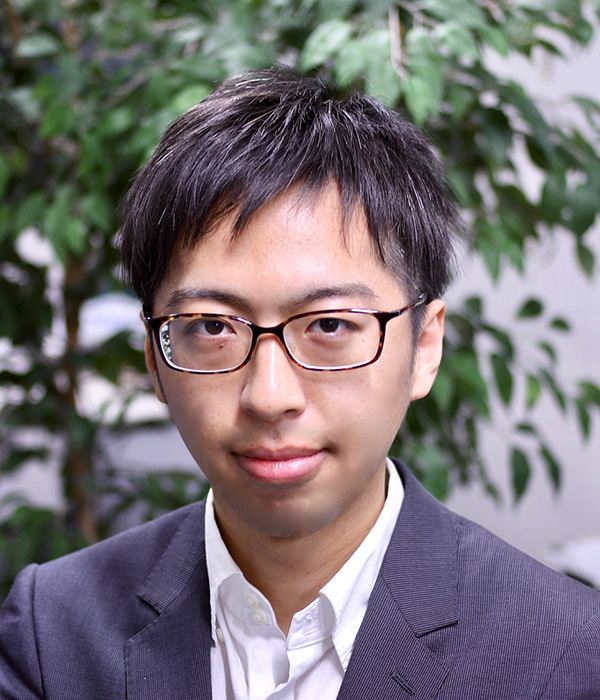SUEMATSU-Yasuharu Award
Machine Learning for/in Wireless Networks
Contribution to academia

Dr. Takayuki Nishio received his B.E. degree in electrical and electronic engineering and master’s and Ph.D. degrees in informatics from Kyoto University in 2010, 2012, and 2013, respectively. He was an assistant professor in communications and computer engineering at the Graduate School of Informatics, Kyoto University from 2013 to 2020. From 2016 to 2017, he was a visiting researcher at the Wireless Information Network Laboratory (WINLAB), Rutgers University, USA. Since 2020, he has been an Associate Professor at the School of Engineering, Tokyo Institute of Technology, Japan.
Dr. Takayuki Nishio is regarded as a pioneer in machine learning in the field of wireless communications, which is one of the most important technologies in both academia and industry, and he has made outstanding contributions in its application to wireless communications and machine learning in wireless networks. In particular, he addressed problems in federated learning arising from differences in the communication, computation and data resources among mobile clients, and proposed a client selection method that improves the time efficiency of learning. In addition, he established a method that can reduce communication traffic during learning to less than one-hundredth of that with conventional methods. These research achievements have attracted worldwide attention, with more than 600 citations in total in just two and a half years since their publication. In the application of machine learning, he demonstrated that introducing computer vision technologies can accurately predict wireless communication quality using spatial information obtained from images. In addition, he has been exploring new research areas related to the integration of wireless communications, machine learning, and computer vision. Furthermore, he has contributed to the community of Japanese researchers by giving numerous invited talks and tutorials, and published commentary articles on machine learning applications and federated learning.
As described above, he has made remarkable contributions in the fields of electronics, information, and communication and we have no doubt that these contributions will continue unabated as his career advances into the future. Taken together, these achievements make him a worthy recipient of this prestigious award.